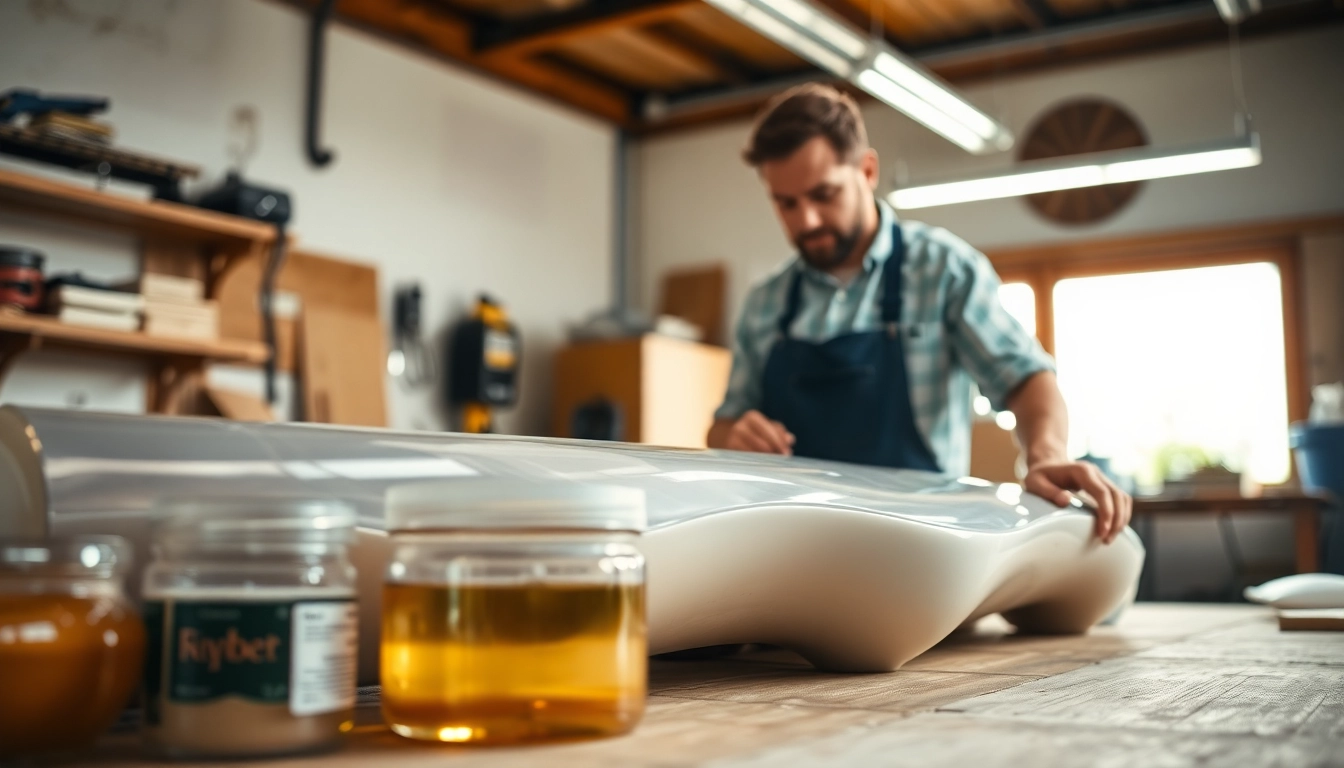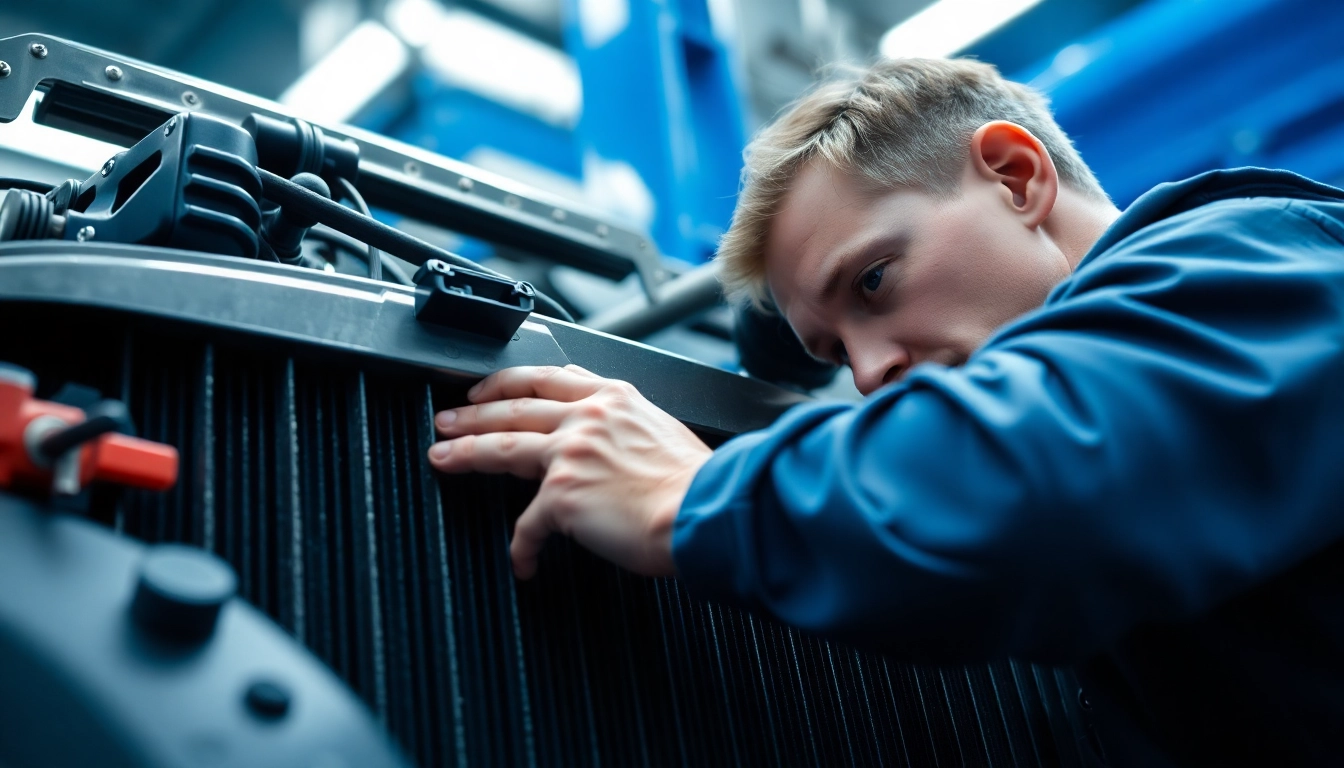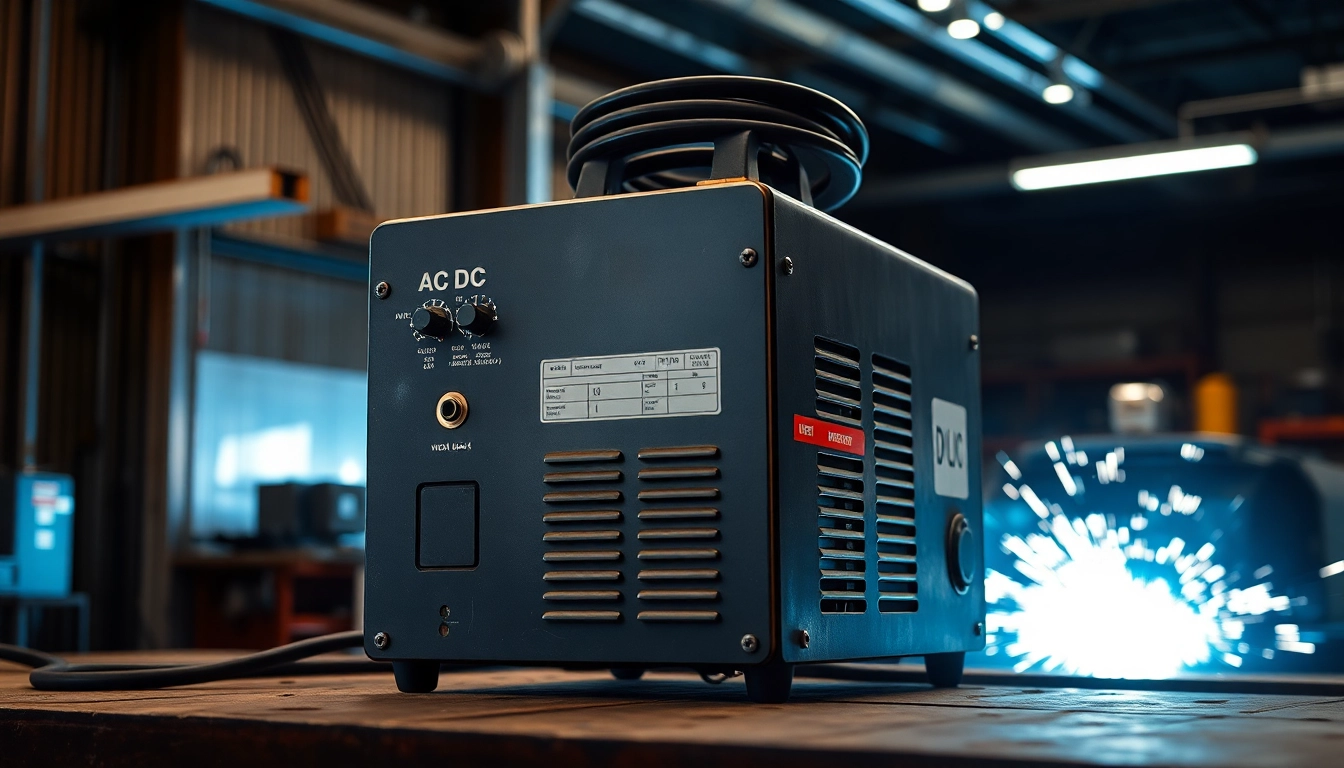Introduction to Laminating Resin
Laminating resin is an essential material used in various industries, particularly in manufacturing, automotive, aerospace, and crafts. Its primary function is to bond materials together, typically layers of fiberglass, wood, or other composites, to form strong, durable structures. The growing demand for high-quality laminating resin is fueled by the material’s versatility, strength, and ease of application. In this comprehensive guide, we will explore the properties, applications, and best practices for using laminating resin, ensuring you have the knowledge necessary to select and apply this critical component effectively.
Understanding Laminating Resin
Laminating resin can be described as a synthetic resin used in the fabrication of composite material laminates. This type of resin provides excellent adhesion properties, enabling it to bind multiple layers or materials efficiently. The formulation of laminating resins can vary based on their intended use, with common types including polyester, epoxy, and vinyl ester resins.
Understanding the physical and chemical properties of each resin is crucial for selecting the right one for your project. Factors such as viscosity, curing time, and temperature tolerance can significantly impact the performance of the finished product. For instance, polyester laminating resins tend to cure faster and are generally more economical, making them suitable for larger production runs. In contrast, epoxy resins, while more expensive, provide superior strength and adhesion, particularly in applications requiring high performance.
Types of Laminating Resin
There are several types of laminating resins available, each tailored for specific applications:
- Polyester Laminating Resin: Typically used in marine applications, this type of resin is valued for its strength and resistance to moisture. Polyester laminating resins can cure without heat and are often combined with fiberglass for added durability.
- Epoxy Laminating Resin: Known for its high strength-to-weight ratio, epoxy laminating resins offer superior chemical resistance and bonding capabilities. They are ideal for use in aerospace and automotive applications where performance is critical.
- Vinyl Ester Resin: This resin combines the benefits of polyester and epoxy resins, providing excellent corrosion resistance and mechanical properties. It is commonly used in industrial applications and in the manufacturing of boats and other vehicles.
Benefits of Using Laminating Resin
The advantages of using laminating resin are numerous, contributing to its popularity across various industries:
- Durability: Laminating resin provides a robust and lasting bond, ensuring that materials can withstand stress and strain over time.
- Versatility: Available in multiple forms, laminating resins can bond different materials, including fiberglass, wood, carbon fiber, and metals, making them suitable for a wide range of applications.
- Ease of Use: Many laminating resins are user-friendly, allowing both professionals and DIY enthusiasts to work with them effectively, often without specialized equipment.
- Enhanced Aesthetics: Laminated surfaces can be finished smoothly, offering an appealing appearance for products used in consumer markets.
- Cost-Effectiveness: Laminating resin formulations are often less expensive compared to other bonding methods, providing significant cost savings in large-scale production.
Applications of Laminating Resin
Laminating resins find applications across various sectors. Understanding these uses can help industries optimize their production processes and enhance product performance.
Laminating Resin in Marine Industries
The marine industry extensively utilizes laminating resins due to the material’s water resistance and durability. Boats and watercraft frequently incorporate fiberglass laminates bound together with polyester or vinyl ester resins. This combination not only provides strength but also helps in keeping vessels lightweight to enhance performance on water.
Additionally, laminated resin composites are often employed for repairing damaged hulls or constructing specialized components, such as bulkheads and stringers. By leveraging the superior bonding properties of laminating resin, marine manufacturers can ensure that their products remain safe and reliable in harsh marine environments.
Use in Automotive and Aerospace
In the automotive and aerospace sectors, weight reduction without sacrificing strength is paramount. Laminating resin is instrumental in creating composite materials that can achieve these goals. Epoxy laminating resins are particularly favored for their high performance, providing significant weight savings that contribute to fuel efficiency and overall vehicle performance.
The aerospace industry uses laminating resin in everything from airframes to interior components, ensuring that materials maintain structural integrity while meeting rigorous safety standards. This technology allows for advanced designs that would be unfeasible with traditional materials.
Crafting and DIY Projects with Laminating Resin
Beyond industrial uses, laminating resin is also widely appreciated in the crafting community. Hobbyists and DIY enthusiasts leverage its properties for artistic endeavors, such as creating custom furniture, art pieces, and decorative items. Laminating resin can be used to encase objects in a clear finish that enhances their visual appeal while ensuring strength and durability.
For crafting applications, polyester laminating resins are often the most accessible option, as they cure relatively quickly and are easy to work with. Whether used to capture flowers in resin or to reinforce wood surfaces, the versatility of laminating resin makes it ideal for a variety of creative projects.
Choosing the Right Laminating Resin
Selecting the appropriate laminating resin involves evaluating several factors, helping to ensure optimal results for your specific application.
Factors to Consider When Selecting Laminating Resin
When choosing a laminating resin, consider the following key factors:
- Application Purpose: Different applications may require different types of resins. Identify whether you need durability, flexibility, or compatibility with certain materials before making your choice.
- Curing Time: The time it takes for the resin to cure can impact your project schedule. Some resins cure faster than others, which can be beneficial for time-sensitive applications.
- Environmental Resistance: If your laminated products will be exposed to harsh conditions, select a resin with the appropriate resistance characteristics, such as UV or chemical stability.
- Viscosity and Application Method: Consider how you plan to apply the resin. Different methods of application may be recommended based on the viscosity of the resin chosen.
Comparing Polyester and Epoxy Laminating Resin
Two of the most common types of laminating resin you’ll encounter are polyester and epoxy. Each has its own set of advantages and disadvantages:
Polyester Laminating Resin:
- Advantages: Lower cost, faster curing time, easier to work with, ideal for large-scale projects.
- Disadvantages: Less strength and durability when compared to epoxy, may be less resistant to certain chemicals.
Epoxy Laminating Resin:
- Advantages: Superior bonding strength, high resistance to moisture and chemicals, generally better for intricate and high-performance applications.
- Disadvantages: Higher cost, longer curing times, may require more precise mixing and application methods.
Common Mistakes to Avoid with Laminating Resin
Ensuring successful application of laminating resin involves avoiding common pitfalls:
- Incorrect Mixing Ratios: Many resins require precise mixing of components. Following the manufacturer’s guidelines is critical to avoid detrimental effects on performance.
- Poor Surface Preparation: Failing to clean and prepare surfaces can lead to weak bonds. Always ensure that surfaces are free from dust and contaminants before application.
- Ignoring Curing Conditions: Ensuring the proper environment for curing (temperature, humidity) is essential for achieving desired properties in the finished product.
Techniques for Working with Laminating Resin
Effective application techniques are crucial for maximizing the performance of laminating resin. The following sections outline preparation and application processes to help ensure successful projects.
Preparation for Laminating Resin Application
Successful application of laminating resin begins long before the resin is mixed. Proper preparation can significantly affect the bonding process:
- Work Area Setup: Choose a clean, well-ventilated area for your work. This helps avoid contamination and ensures safe working conditions.
- Material Acquisition: Gather all necessary materials, including your chosen laminating resin, hardeners, application tools, and safety equipment.
- Surface Preparation: Clean the surfaces to be bonded thoroughly, using appropriate solvents if necessary. Roughening the surface can also create better adhesion.
- Temperature Control: Verify that the working environment is within the optimal temperature range for the specific resin you are using.
Step-by-Step Guide to Laminating with Resin
Once you’re prepared, follow these steps for a successful laminating process:
- Mix the Resin: Measure and mix resin and hardener according to the manufacturer’s instructions. Ensure that the mixture is homogeneous.
- Apply the Resin: Use a brush, roller, or spray gun to apply the resin to the prepared surface. Ensure even coverage to avoid weak spots.
- Add Reinforcement Material: Layer in your fiberglass or other reinforcement materials while the resin is still wet, ensuring that each layer is saturated with resin.
- Remove Air Bubbles: Use a roller or brush to gently work air bubbles out of the laminate before it begins to cure.
- Cure the Laminated Material: Allow the laminate to cure fully according to the resin guidelines before handling.
Tips for Curing and Finishing Laminating Resin Projects
Once the laminating process is complete, proper curing and finishing techniques can enhance the final product:
- Monitor Curing Conditions: Maintain desired curing conditions, such as temperature and humidity, throughout the curing process to ensure optimal results.
- Sanding and Finishing: Once cured, any excess resin can be sanded down for a smooth finish. Use fine-grit sandpaper and follow up with polishing compound for a polished look.
- Final Inspections: Inspect the final product for any inconsistencies or defects. Address any issues as needed, ensuring the integrity and aesthetics of the finished piece.
Future Trends in Laminating Resin Technology
As industries continue to evolve, so too do the technologies behind laminating resin. Emerging trends are reshaping how these materials are made and used.
Innovations in Laminating Resin Composition
Recent advancements in resin technology include the development of faster-curing formulations, bio-based resins, and those that provide improved mechanical properties. Innovations in additives allow for enhanced performance characteristics like fire resistance and enhanced adhesion. The trend towards greener technology is driving the creation of laminating resins sourced from renewable materials, catering to increasing demand for sustainable solutions.
Environmental Impact and Sustainability in Laminating Resin
Sustainability is at the forefront of many modern manufacturing practices. The pressure to minimize environmental impacts is leading to research around reducing volatile organic compounds (VOCs) in resin formulations, recyclable and biodegradable laminating resins, and more environmentally friendly production processes. These advancements not only help in complying with regulations but also appeal to eco-conscious consumers.
Emerging Industries Utilizing Laminating Resin
Beyond traditional applications, laminating resin is finding roles in innovative industries such as renewable energy (for wind turbine blades), electronics (for circuit boards), and construction (for prefabricated housing). The unique properties of laminating resins are enabling new solutions to age-old challenges across multiple sectors.



